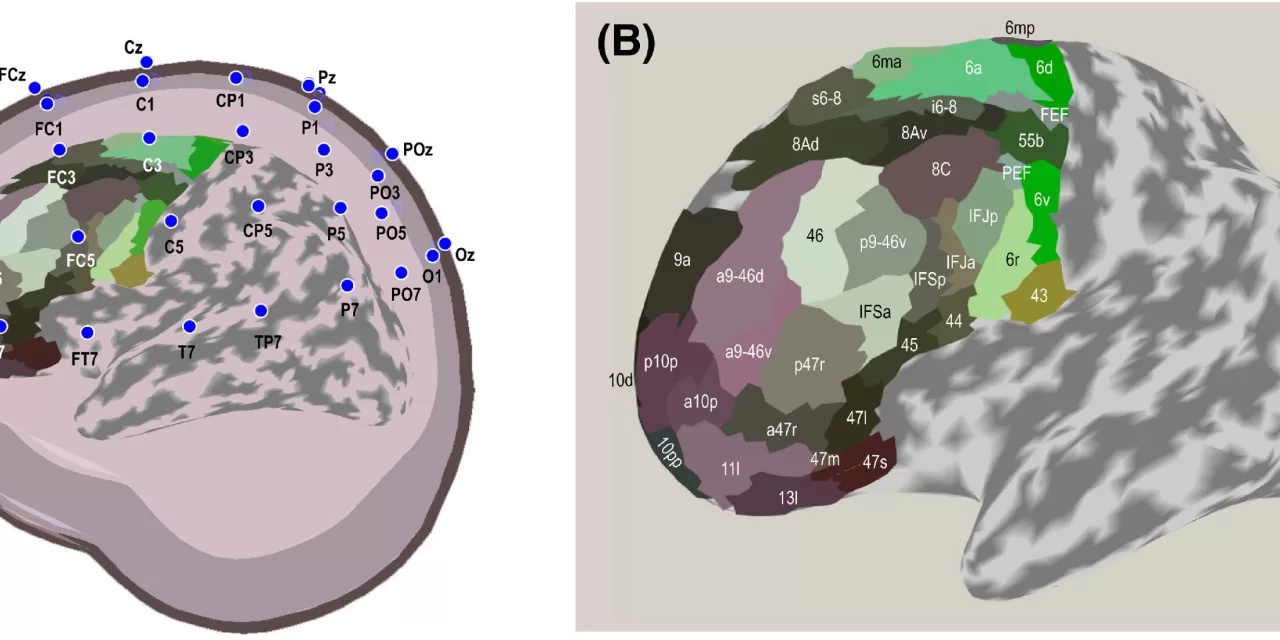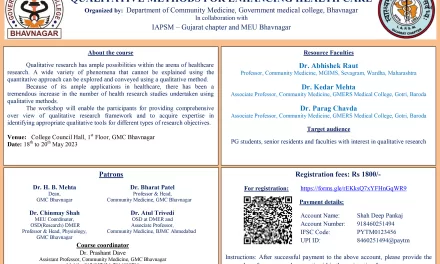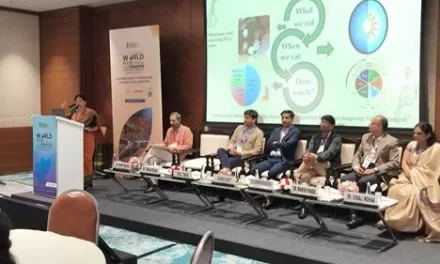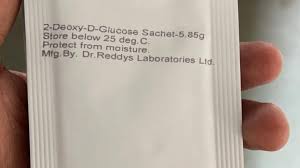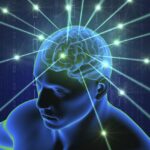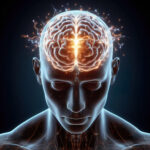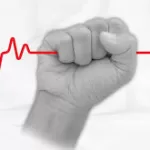Recent research suggests that electroencephalography (EEG) may serve as a viable alternative to functional magnetic resonance imaging (fMRI) in guiding transcranial direct current stimulation (tDCS) for treating language disorders, particularly aphasia. A study conducted by researchers at the Institute of Science Tokyo found an 80% agreement between EEG and fMRI in identifying brain regions activated during language tasks, highlighting EEG’s potential for clinical applications.
Aphasia, a language disorder often resulting from damage to Broca’s area of the brain, can significantly impact communication abilities. While available treatments remain limited, transcranial direct current stimulation (tDCS) has shown promise in enhancing language function. tDCS involves the application of a low electrical current to the scalp to modulate neural activity, potentially aiding in language recovery.
Currently, fMRI is the preferred method for mapping brain activity and identifying regions for tDCS application. However, due to its high cost and the need for specialized facilities, fMRI is not always a practical option for routine clinical use. EEG, in contrast, offers a more accessible and portable alternative, provided that its spatial resolution limitations can be addressed.
In a study published in NeuroImage, a research team led by Professor Natsue Yoshimura investigated the feasibility of EEG-guided tDCS. The researchers conducted two experiments: in the first, EEG and fMRI data were collected from 21 participants performing picture-naming tasks, revealing an 80% correlation between the two methods in identifying brain activity patterns. In the second experiment, EEG-guided tDCS was applied to 15 participants, resulting in improved picture-naming speed compared to traditional methods of tDCS targeting Broca’s area.
“Our study provides the first indication that EEG-guided tDCS, considering the significant individual differences in brain activity, has the potential to be more effective in improving language function than conventional tDCS methods,” stated Professor Yoshimura. The findings suggest that EEG-based analysis could be a valuable tool for identifying brain areas relevant to specific cognitive tasks.
These promising results indicate that EEG may play a crucial role in enhancing rehabilitation strategies for individuals with aphasia. As research in this field advances, EEG could become an integral part of personalized treatment plans, offering a cost-effective and accessible means of guiding neurostimulation therapies.
Disclaimer: This article is for informational purposes only and does not constitute medical advice. Individuals experiencing language disorders should consult a healthcare professional before considering any treatment options.
For further details, refer to the full study: Tomoya Gyoda et al, Electroencephalography-guided transcranial direct current stimulation improves picture-naming performance, NeuroImage (2025). DOI: 10.1016/j.neuroimage.2024.120997.

